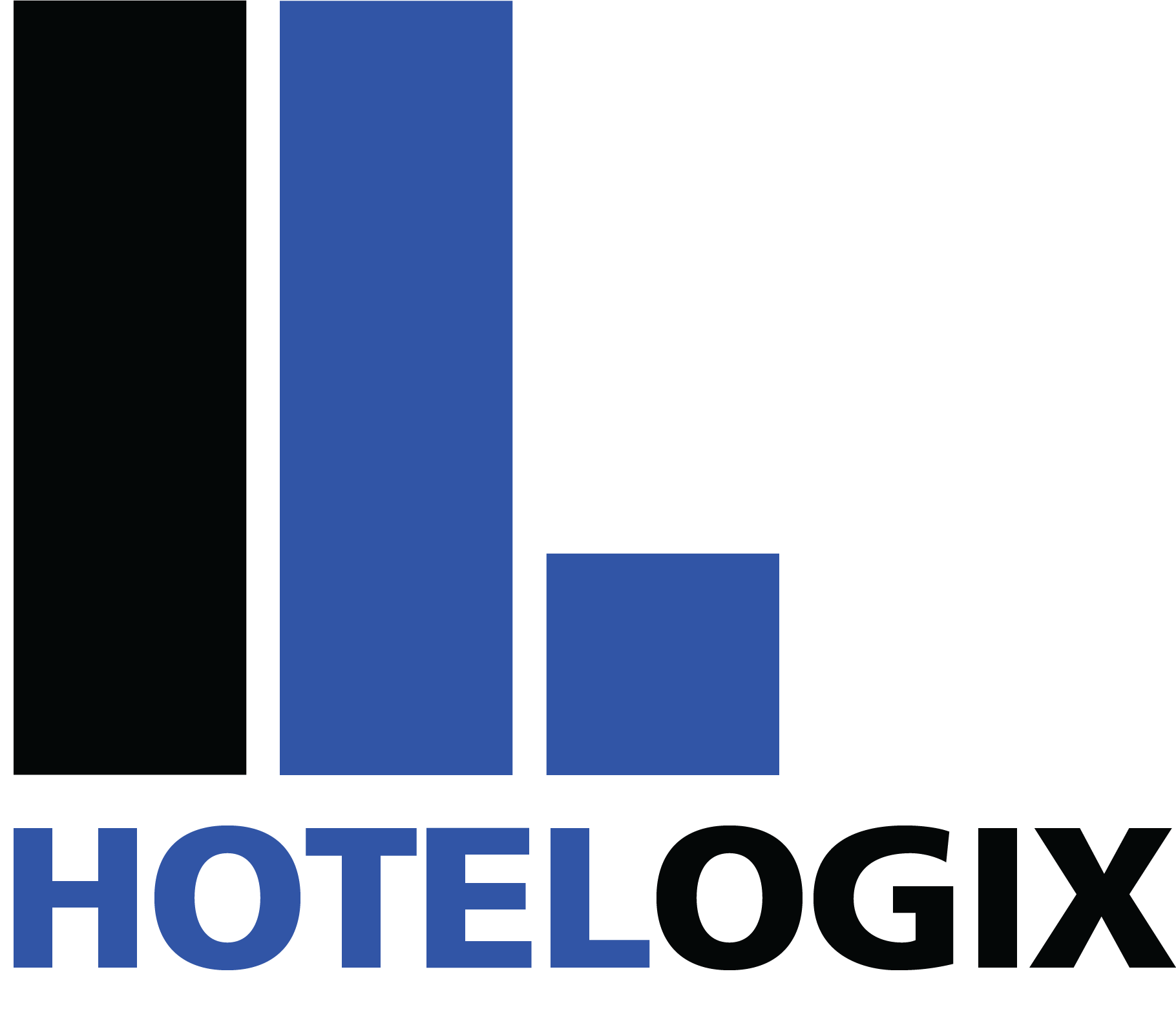In today’s modern marketplace, the internet has become the primary source of bookings and hotels have recognized the value of implementing a robust, online distribution strategy. Considering that the majority of bookings are now made online, hotels that continue to ignore this platform will not be able to remain profitable.
The key to cracking today’s market is making the most of all the channels available. Hoteliers must utilize the right number and mix of channels to engage the right customers in what’s becoming an increasingly fragmented marketplace. Finding that sweet spot when balancing online and offline bookings is pivotal – by using all platforms to the right extent, hoteliers can optimize their distribution on OTAs, meta-search engines, direct and indirect channels, wholesalers, brick-and-mortar agencies and more.
Consider the following –
35% of bookings in the US & EMEA are expected to come from the mobile platform by 2018
52% of travelers utilize social media channels to plan their trip before making a booking
76% of travelers don’t mind paying more for a hotel with better guest satisfaction
11% is the year on year growth OTAs have been witnessing
Making the right choices while formulating a distribution strategy is critical. With online platforms experiencing rapid growth, hotels can ride this wave by finding the right balance.
Guests today no longer follow a fixed trajectory while searching for rooms and finally creating bookings – the sheer number of channels and websites convolutes the process, resulting in a rather randomized path involving an average of 28 different websites over 76 sessions!
Let’s take a look at some of the most popular platforms out there today and discuss where and how they can contribute to a hotel’s distribution strategy.
Global distribution system (GDS):
The GDS is fundamentally a consolidated directory of available inventory for travel agents to create bookings for flights, accommodation, car rentals and so on in real-time. These networks have been around since the 50s and have retained their popularity even in the current 21st century marketplace. Guests do not access the network directly – they rely on agents to create the bookings.
With a single point of entry, the network enables all sorts of accommodation providers to connect easily to multiple agency channels. Moreover, corporations usually negotiate bookings and rates in advance so properties connected to the network can generally expect longer stays and higher REVpar.
Online travel agencies (OTA):
Probably the most popular selling platforms for hotels today, OTAs have changed the way bookings are made by focusing on the consumer end. With a massive inventory comprising of a properties ranging from the extravagant to the affordable, these websites have prioritized guest convenience, and with overwhelming success.
While OTAs may charge high commissions, they do provide global visibility for your hotel on a platform that is accessed directly by millions of guests. Organizations like Priceline spend a staggering $1 billion dollars a year on marketing – providing hotels with marketing they would never be able to afford otherwise. What’s more, a google survey discovered that 52% of travelers will visit the hotel’s website after finding it on an OTA!
Meta-search engines
Similar to conventional search engines, meta-search engines retrieve data from multiple OTAs and other sales channels and present them to guests in an organized manner so guests can compare prices between not just properties, but also OTAs. Most meta engines do not facilitate the reservation creation itself – they operate on a pay-per-click similar to Google Adwords for every referral.
That being said, a number of meta-search engines are beginning to include hotel inventory on their platforms, capitalizing on the advantages of met-search and OTAs.
Brand website
The primary booking avenue for any hotel should ideally be its own website – that’s where the best available rates must be displayed. In today’s congested marketplace, hotels may have a hard time getting their website to stand out but that’s not reason to skimp on this process. As we saw earlier, 52% of travelers will visit the hotel’s site after seeing it on a OTA. The reason they do this is usually to learn more about the property so hotels must ensure that their website has all the relevant information and images. A quick, responsive booking engine is also an absolute must.
Mobile platform
One of the biggest disruptions hospitality is witnessing is being brought about by the rapid progression of mobile technology. Expected to account for as much as 35% of online travel bookings by the year 2018, a number of hotels are jumping on-board the platform by adopting mobile apps.
Not only does this offer them another channel for accepting direct bookings, the app also provides hotels with a direct route of communication through which the entire guest cycle can be well optimized and personalized for the client.
Social media
22% of travelers in the US utilize social media channels to find travel deals. A number of booking engines integrate to these channels, making these platforms an ideal place to accept direct bookings. Facebook pages also provide guests with a place to share their experiences and picture of the property – the best marketing a hotel can get. Besides that, guests are more likely to make a reservation if the property is recommended – even by a stranger on social media.
Moreover, social media campaigns allow organizations to focus on specific demographics, which can also improve conversions.
A well thought-out distribution strategy can completely transform a hotel’s status in the market. By focusing on the right channels and maintaining a balance between the various channels available, properties can get the best of all worlds!
—






